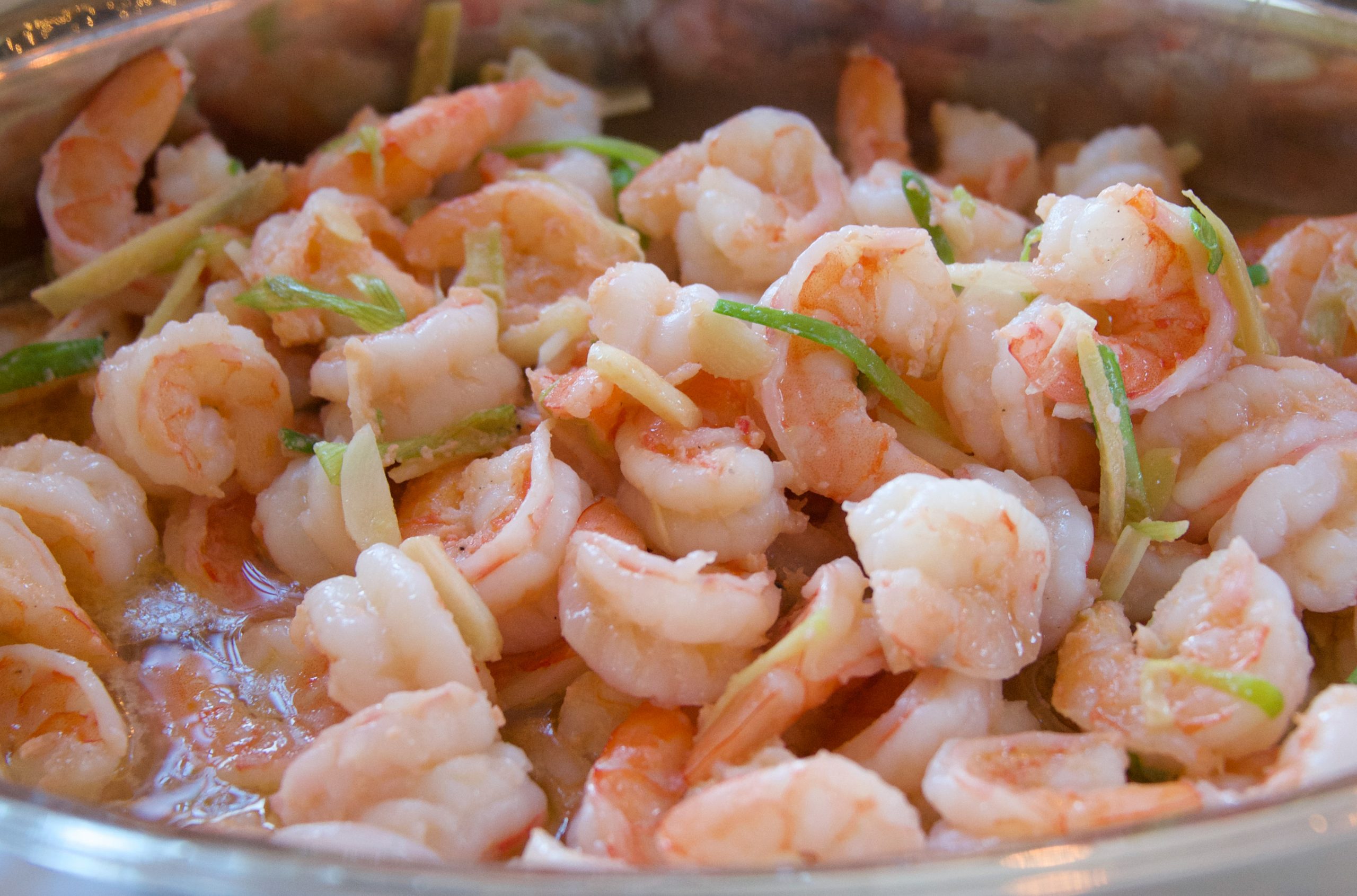Lovely Littlenecks with Sherry-Shallot Butter
I’ve got a bit of thing for clams, particularly for the smallest of all hard-shell clams, littlenecks. Whether farmed or hand-harvested, these bivalves are one of the eco-friendliest shellfish around. Along with sustainability, they have healthfulness in their favor. Rich in omega-3 fatty acids and protein, they’re a heart-healthy seafood. The joys don’t end here. Quick to cook and easy to pair, clams make wonderful appetizers as well as entrees. What would winter be without a warming bowl of clam chowder or linguine with clam sauce? In my case it would be a cold, dreary winter. What I adore most, though, about clams is how simple it is to clean them. Before cleaning, you should sort out the clams with broken shells or shells that don’t close completely after being tapped with a knife or finger. Once you’ve discarded the duds, tumble the remaining bivalves into a large bowl. Cover them with cold water and then add a generous amount of salt. Almost immediately the clams will begin to push the salted water—and bits of …
